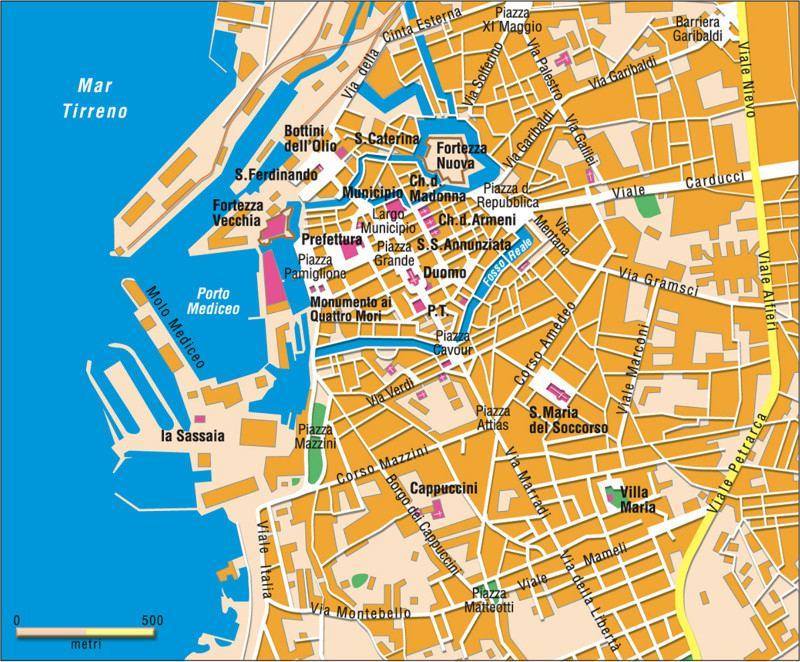
We arrived at the port of Livorno on the Corsica ferry, Mega Express Two. We were walk-on passengers for the five hour trip from Bastia, on Corsica. Even before we landed, I could see the first photo that I wanted to take of Livorno. It was a somewhat outdated announcement of the centennial of the death of Amedeo Modigliani (1884 – 1920), who was born in Livorno, but moved to Paris in 1906. His characteristic style in paintings and sculptures typically elongated faces, necks, and other anatomical features. These exaggerations were received poorly during his lifetime, but were appreciated later. Modigliani’s early life featured considerable sickness. He was educated at home by his mother. His ancestors were Jewish refugees, who over some few generations had become bourgeois, owning and managing mines and forest resources in Sardinia.
At an unremembered point in time, possibly a couple of years ago, I bought a Taschen book about Modern Art, as a first stop to begin appreciating specific modern artists. Amedeo Modigliani is found on page 186-7, along with a single representative artwork, Nude Sitting on a Divan (1917). While I do not regret buying this book to gain an overview of some artists, I find it most often easier to use Wikipedia for a more comprehensive introduction. Indeed, I was able to find appropriate information about Modigliani from that source. It was also interesting to read about the history of the Jewish community in Livorno.
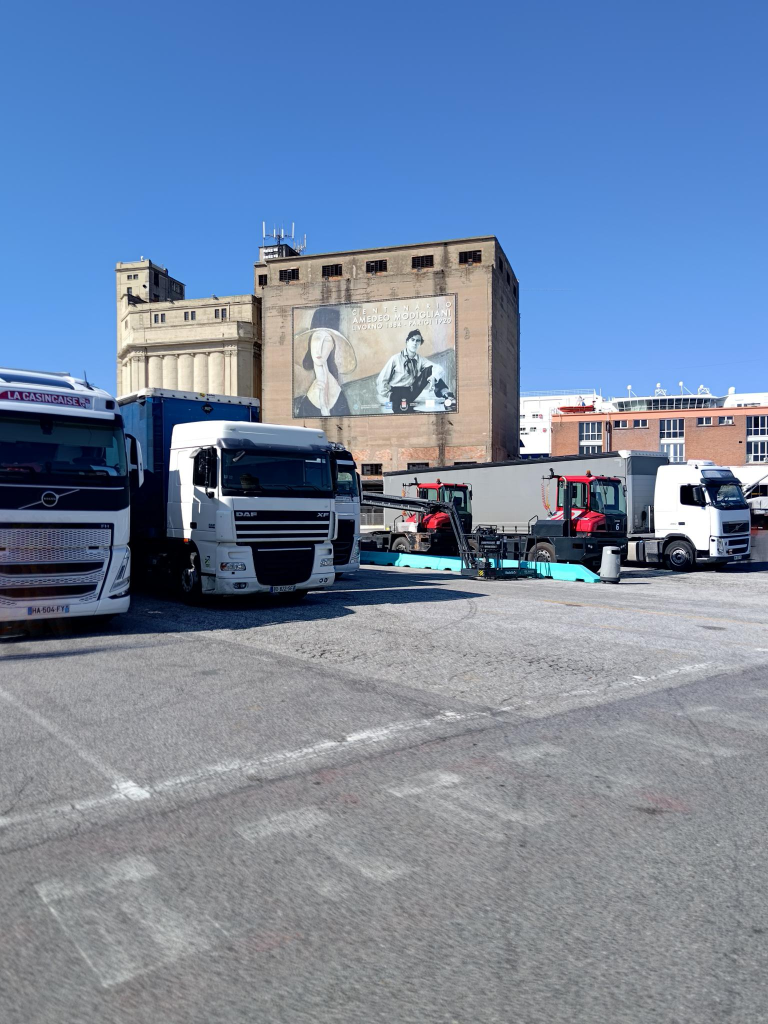
In addition to its port and ethnic minorities, Livorno is world-famous in Italy for its canal network. This is not Venice, with antiquated gondolas, and uniformed gondoliers. Canal boats are typically made of fibreglass, powered by outboard motors, carry goods, rather than tourists to and from factories and warehouses, rather than palaces and churches. I am attracted to industrial canals, like those in Livorno, in much the same way that I am attracted to industrial history, rather than the more refined history of royalty or nobles.
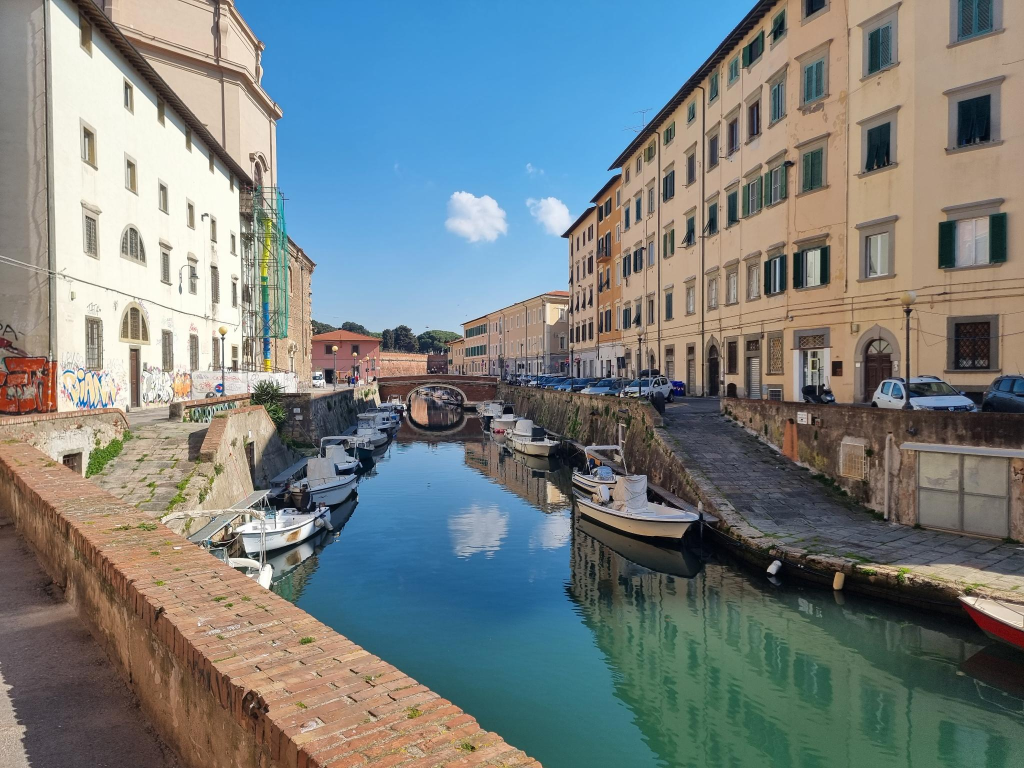
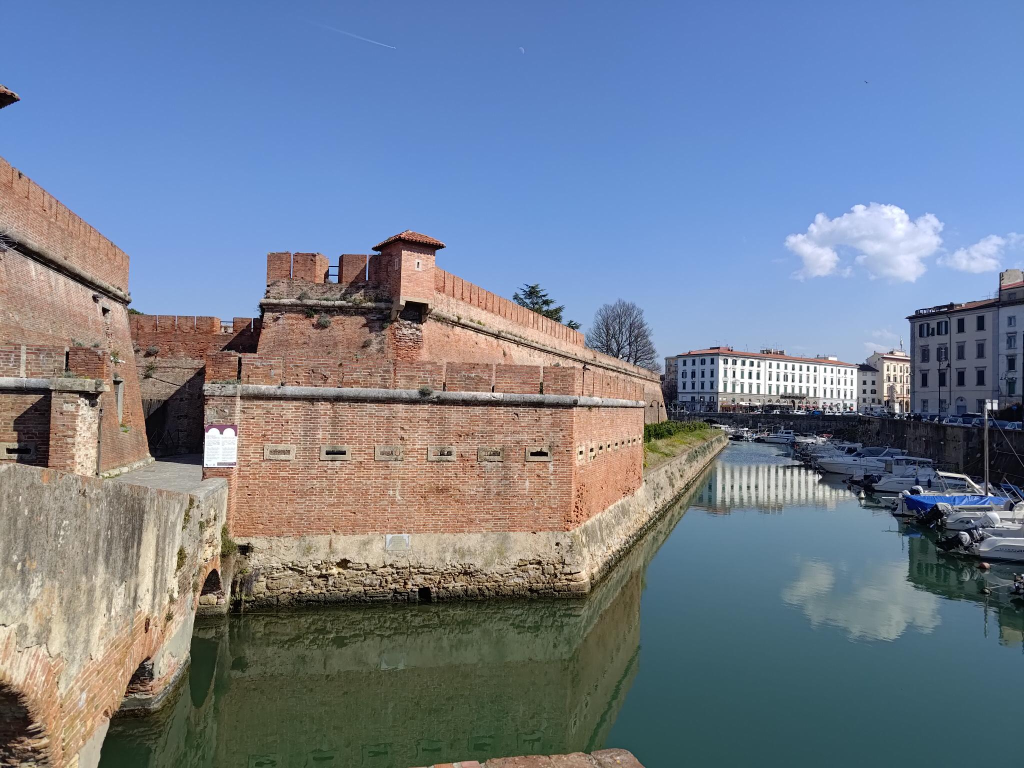
We walked through Livorno, ending up at the train station. Here we took a train for about ten minutes, ending up at Pisa. In Pisa, it struck me that every tourist visiting the fabled tower, was required to take a selfie or some other photo, showing their skill at preventing the tower from crashing down. Below is my effort to capture Alasdair engaged in this activity.
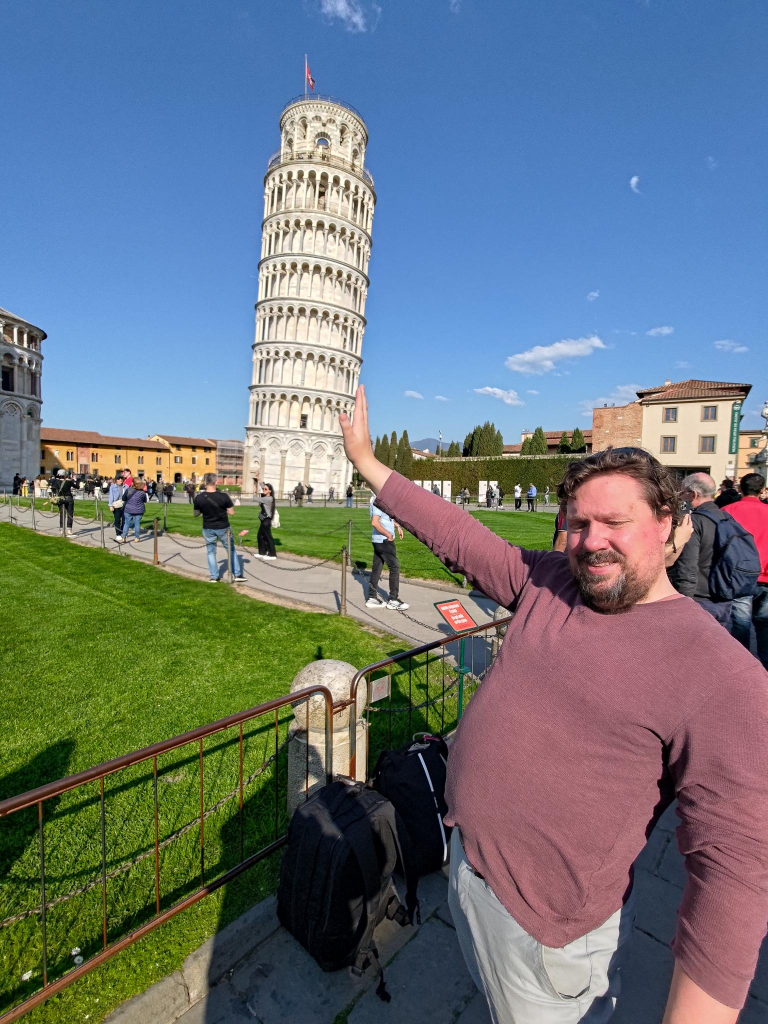
After an hour, we were on our way by train again, heading north to Geno(v)a. It was an interesting landscape with much of it flat and flooded, but with mountains in the background.
After our arrival in Genoa, we found our Best Western hotel, and spent the evening relaxing then sleeping. Am I a keen observer? Alasdair asked me if my room was red, like his? I said, I had not noticed any red colour, but thought it was beige. When I returned to my room, I took this photo to remind myself that the walls were not beige, but red.
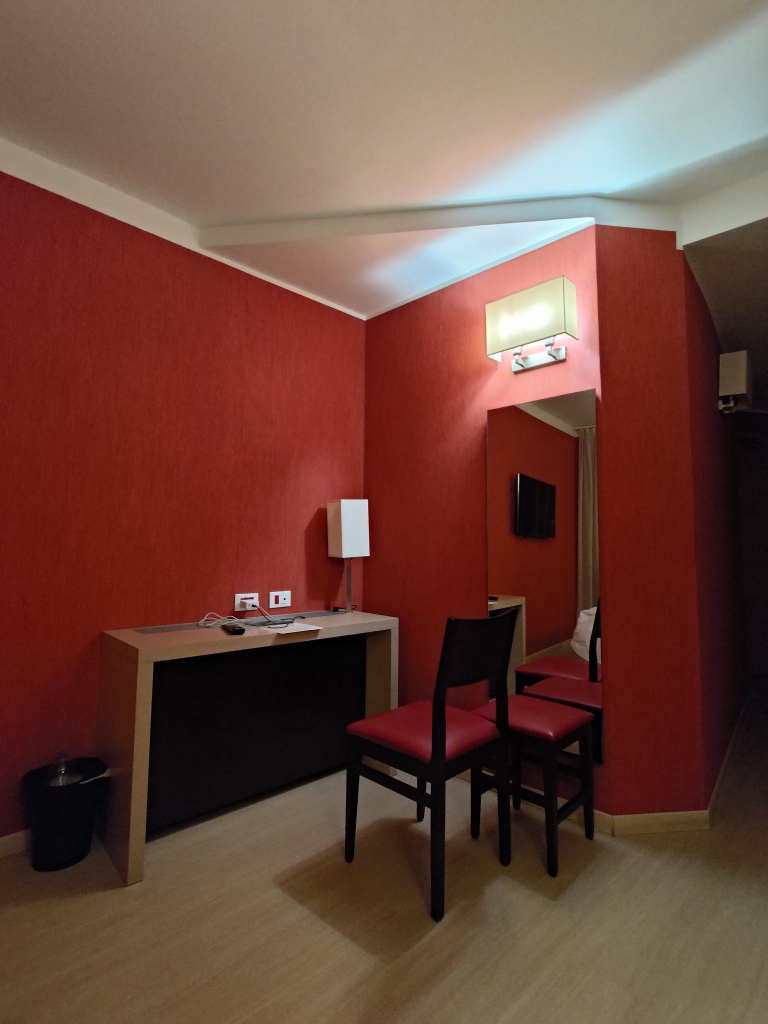
Our discovery of the city began the next day. Perhaps the best known person from Genoa is Christopher Columbus who, working for Spain, made some important geographical discoveries towards the end of the fifteenth century. Genoa has preserved the house where Columbus was born, and where his father worked as a weaver.
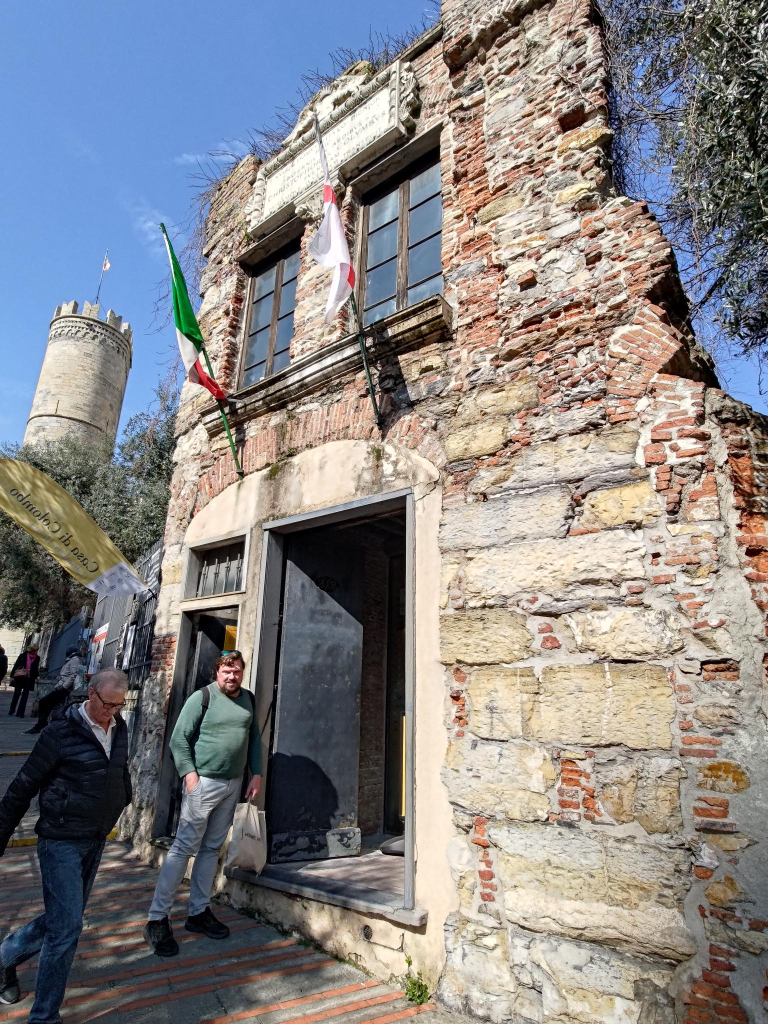
Not far from our hotel there was a parked galleon. In its day, it was undoubtedly attempting to intimidate people not just with its canons, but with its extensive use of gold. We had learned on Corsica, that Genoese imperialism was not always appreciated. While they had ships and coastal fortifications, the Genoese were not always capable of conquering inland territories.
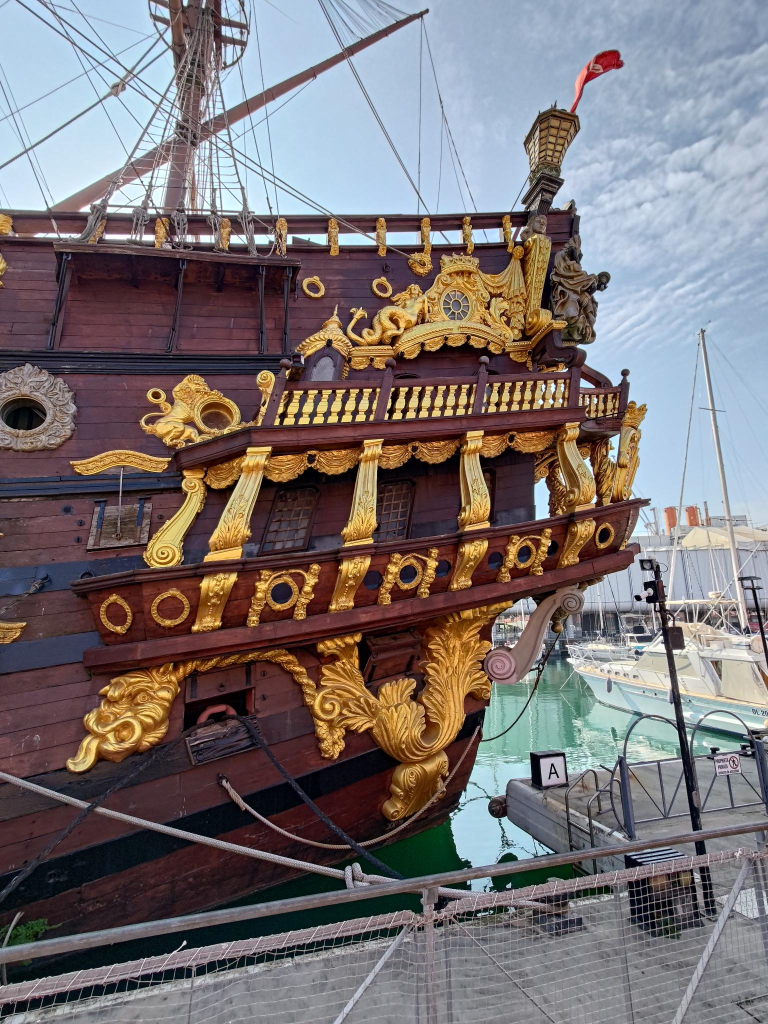
The Galata Museum in Genoa is the largest maritime museum on the Mediterranean. It opened in 2004, and allows visitors to appreciate five centuries of maritime history, from the 16th century. One of the earliest reconstructions is a 17th century galley. There is also a major exhibit showing life onboard a steamer bound for the Americas in the early 20th century.
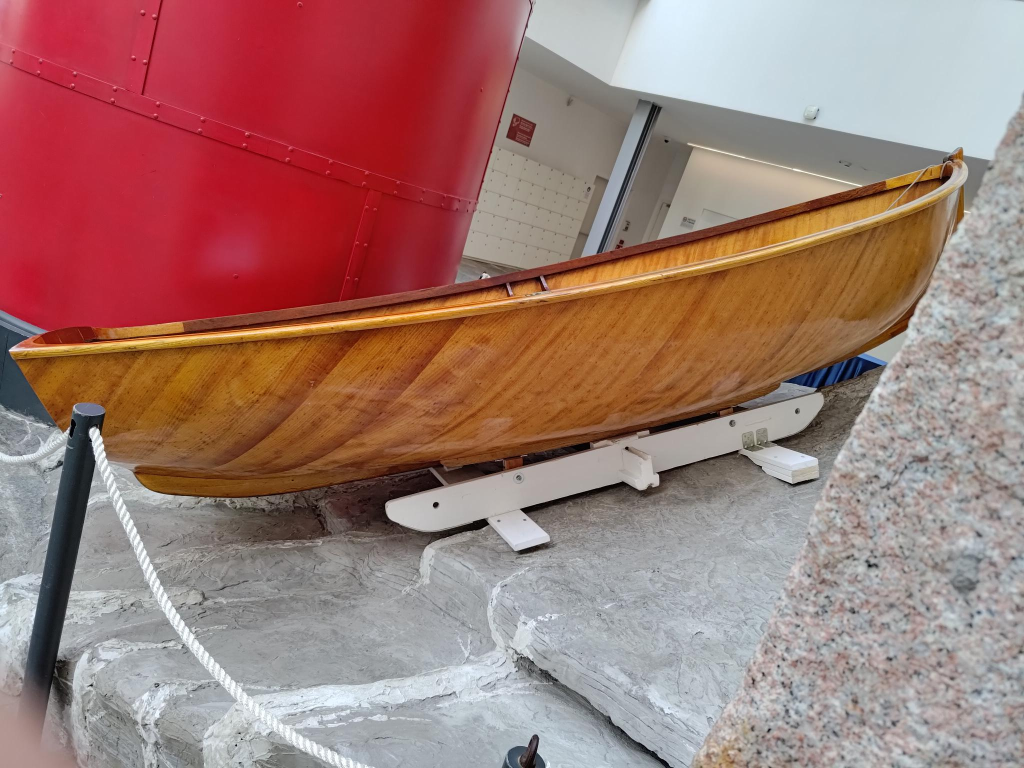
The vessel that impressed me the most, was one of the smallest, a dinghy, showing the use of veneer in its construction. I have admired this construction technique for the past 65 years, because of its high strength to weight ratio!
One of the last things we did in Genoa was to visit the Zecca–Righi funicular railway. Like many of the trains we have taken on Corsica, it is narrow gauge = 1 000 mm. It has a length of 1428 m, with a rise of 279m. There are two trains, each with two cars, carrying 156 people. There are seven stations, two terminal and five intermediate. It opened in 1895.
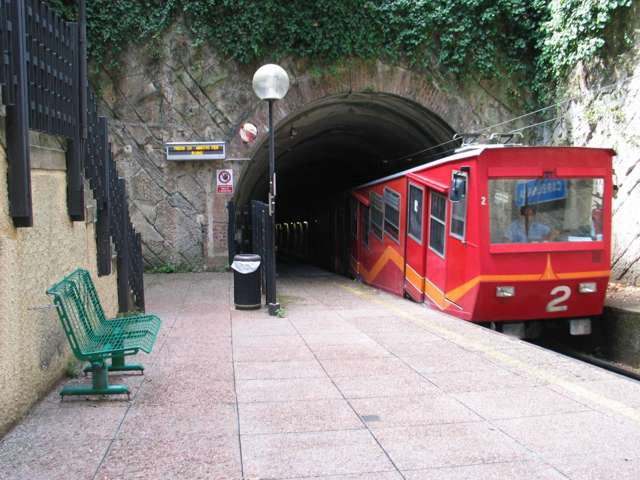
We then walked to the main train station, where we took a departing train for Nice.
A Concluding aside: Genetics is one of those difficult arts. When I first had my DNA analysed by 23&me about ten years ago, segments of my DNA were placed in relatively broad categories, including: northwestern Europe, southern Europe, indigenous America. As time progressed, segments moved around, generally becoming more detailed in the process. Thus, after returning from southern Europe, and with 23&me facing bankruptcy, I was surprised to find that my DNA had more detailed information about my southern European origins: Spanish and Portuguese = 6.7%; Sardinian = 2.7% and Italian = 1.4%. Yes, my next trip to southern Europe already included a plan to visit Sardinia!
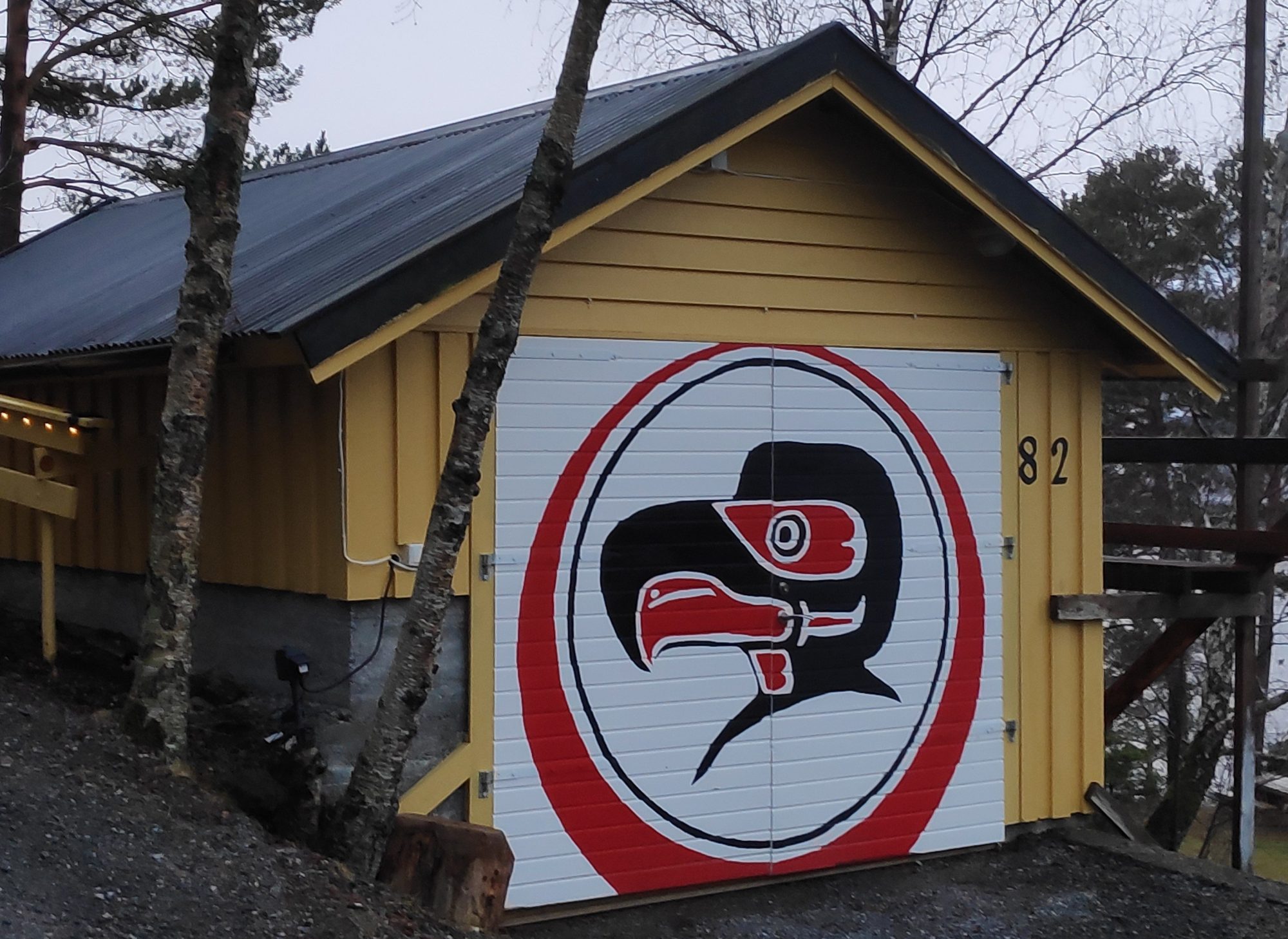
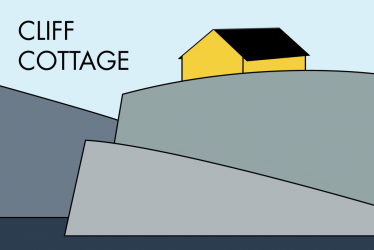
I enjoy reading about your trip. I particularly liked Alassdair holding the Tower of Piaa.